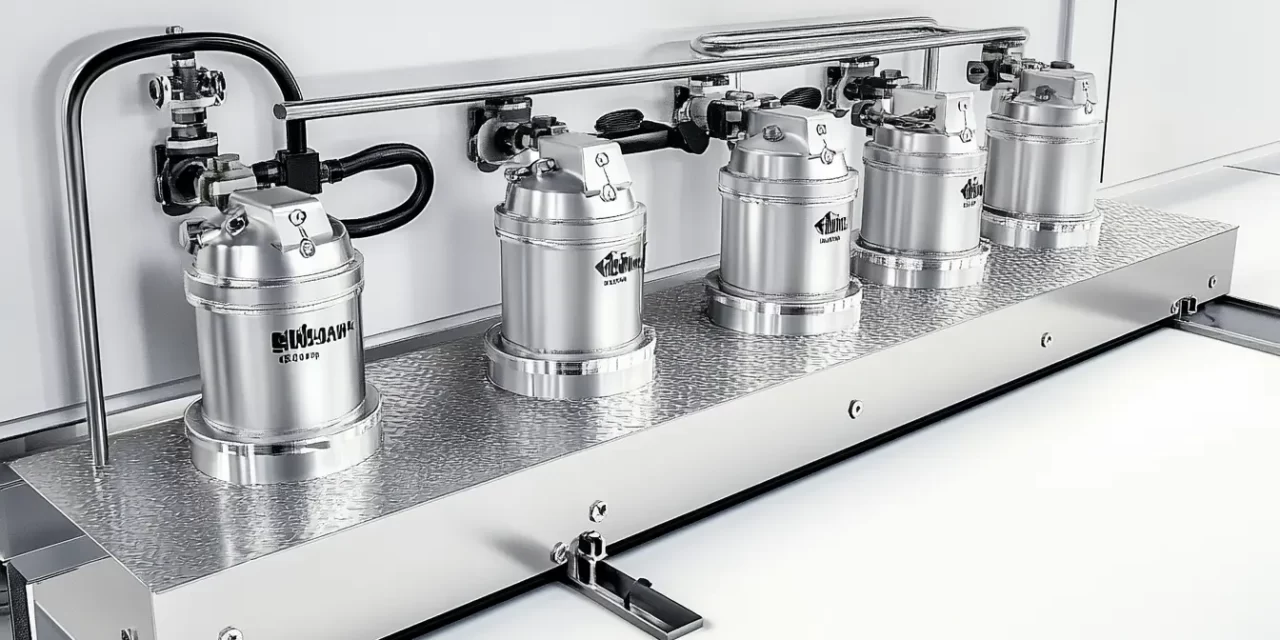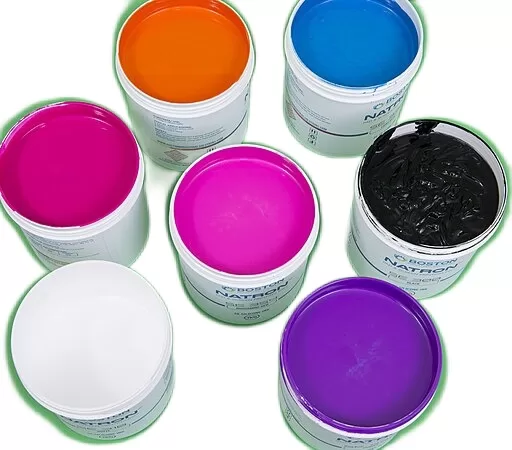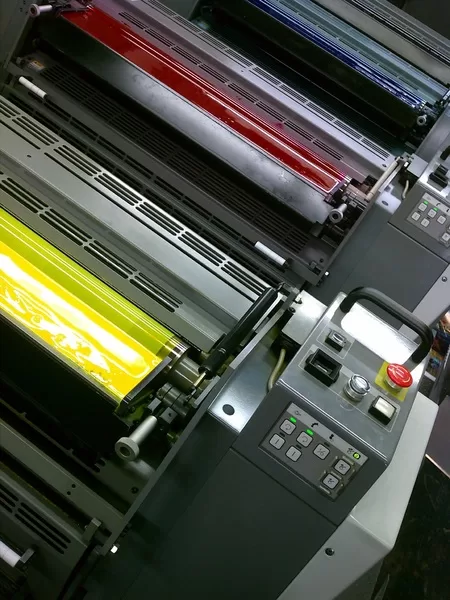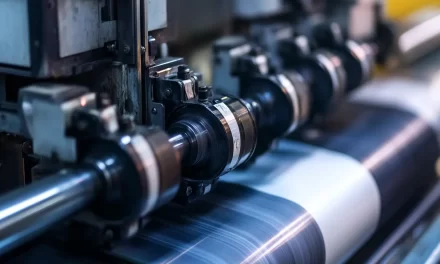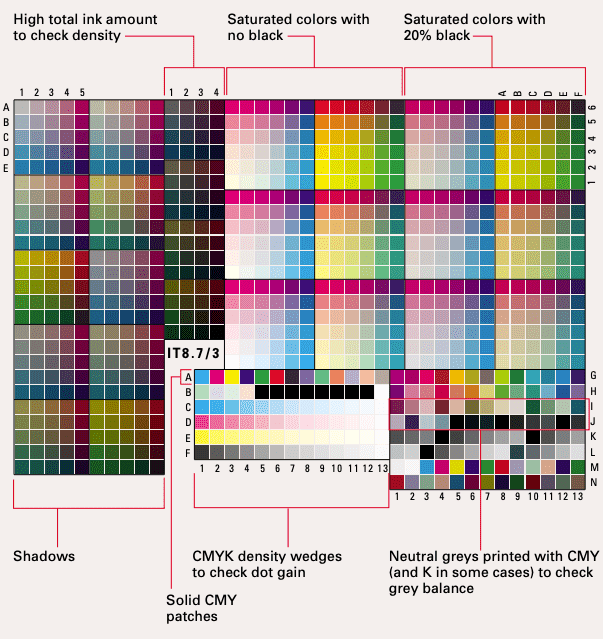Flexographic printing, a cornerstone of modern packaging and labeling, demands precision at every stage. Among the critical components that make this possible are flow control units. These units regulate the flow of inks, coatings, and cleaning fluids, ensuring consistent quality and seamless operation.
This article delves into the importance of flow control units, their types, benefits, and maintenance to help you optimize your flexographic printing operations.
What Are Flow Control Units?
Flow control units are devices used in flexographic printing to manage and regulate the movement of liquids such as inks, coatings, and cleaning agents. By maintaining precise flow rates, these units ensure uniform application and prevent issues like oversaturation or streaking.
Key Functions of Flow Control Units
1. Regulating Ink Flow
Flow control units ensure the correct volume of ink reaches the anilox roller, preventing overflows and maintaining consistent print quality.
2. Managing Cleaning Fluids
During press washups, these units control the flow of cleaning solutions to remove ink residues efficiently.
3. Minimizing Waste
By delivering the exact quantity of ink or fluid needed, flow control units reduce waste and contribute to cost-effective printing.
Types of Flow Control Units in Flexography
1. Manual Flow Control Units
- How They Work: Operated manually using valves or knobs to adjust flow rates.
- Advantages: Cost-effective and straightforward.
- Ideal For: Smaller print runs or setups requiring minimal adjustments.
2. Automated Flow Control Units
- How They Work: Use sensors and digital controls to monitor and adjust flow rates in real time.
- Advantages: High precision, reduced human error, and compatibility with modern press systems.
- Ideal For: High-volume or complex printing jobs.
3. Proportional Flow Controllers
- How They Work: Adjust flow rates proportionally to system requirements, ensuring optimal operation under varying conditions.
- Advantages: Highly adaptive and efficient.
- Ideal For: Applications with variable ink viscosities or multi-color printing.
Benefits of Using Flow Control Units
Improved Print Consistency
By ensuring uniform ink delivery, flow control units minimize variations, producing crisp, high-quality prints.
Enhanced Operational Efficiency
Automated units reduce manual interventions, saving time and enabling operators to focus on other tasks.
Reduced Material Costs
Precise fluid management leads to lower ink and solvent consumption, decreasing production costs.
Environmentally Friendly
Minimizing ink waste aligns with sustainable printing practices, reducing the environmental impact of flexographic printing.
How Flow Control Units Work
Flow control units integrate seamlessly into the ink management system of a flexographic press. Here’s a step-by-step breakdown of their operation:
- Input Source Connection
- The unit connects to the ink or fluid reservoir, receiving the supply.
- Flow Rate Adjustment
- Manual or automated controls adjust the flow to the desired rate based on the substrate and printing requirements.
- Delivery to Anilox Roller
- The unit delivers the ink or fluid to the anilox roller, which transfers it to the plate cylinder for printing.
- Feedback Mechanism
- Sensors monitor flow consistency and adjust parameters in real time, ensuring smooth operation.
Maintenance Tips for Flow Control Units
1. Regular Cleaning
Ink and fluid residues can clog the unit, affecting performance. Clean the unit thoroughly after each use.
2. Inspect Seals and Valves
Worn-out seals or valves can lead to leaks and inconsistent flow. Replace them as needed.
3. Calibrate Sensors
For automated units, ensure sensors are calibrated regularly to maintain accuracy.
4. Monitor for Wear and Tear
Mechanical components such as knobs or actuators should be inspected periodically to prevent unexpected failures.
Innovations in Flow Control Technology
The advent of advanced technologies has transformed flow control units in flexography:
1. IoT-Enabled Systems
Smart flow control units can be integrated into digital ecosystems, providing real-time data and remote operability.
2. Eco-Friendly Designs
Manufacturers are developing units that minimize energy consumption and support sustainable printing practices.
3. High-Precision Actuators
Advanced actuators allow for ultra-precise adjustments, catering to intricate printing demands.
Challenges in Flow Control and Their Solutions
Challenge: Ink Overflow During Printing
- Solution: Use automated flow control units with real-time monitoring to prevent overflows.
Challenge: Varying Ink Viscosities
- Solution: Employ proportional flow controllers that adapt to viscosity changes seamlessly.
Challenge: Manual Adjustment Errors
- Solution: Upgrade to automated or digital flow control units for increased accuracy.
FAQs
What is the role of a flow control unit in flexographic printing?
Flow control units regulate the flow of inks, coatings, and cleaning fluids, ensuring consistent application and high-quality prints.
Can flow control units handle all types of inks?
Yes, modern units are designed to handle various ink types, including water-based, solvent-based, and UV-curable inks.
Are automated flow control units worth the investment?
Automated units provide higher precision, reduce waste, and improve efficiency, making them ideal for high-volume or complex printing operations.
How often should flow control units be cleaned?
Regular cleaning after each production run is essential to prevent clogging and maintain performance.
What factors influence the choice of flow control units?
Consider the type of ink, print volume, level of automation, and budget when selecting a flow control unit.
Can flow control units help reduce ink waste?
Yes, by delivering precise amounts of ink, these units minimize waste and contribute to cost-effective and eco-friendly printing.
Conclusion
Flow control units are a linchpin in flexographic printing, ensuring smooth ink and fluid management to achieve outstanding print results. Whether through manual or automated systems, these units optimize the printing process, reduce costs, and support sustainable practices. By maintaining and leveraging advanced flow control technologies, flexographic printers can stay ahead in a competitive market while delivering exceptional quality and efficiency.


